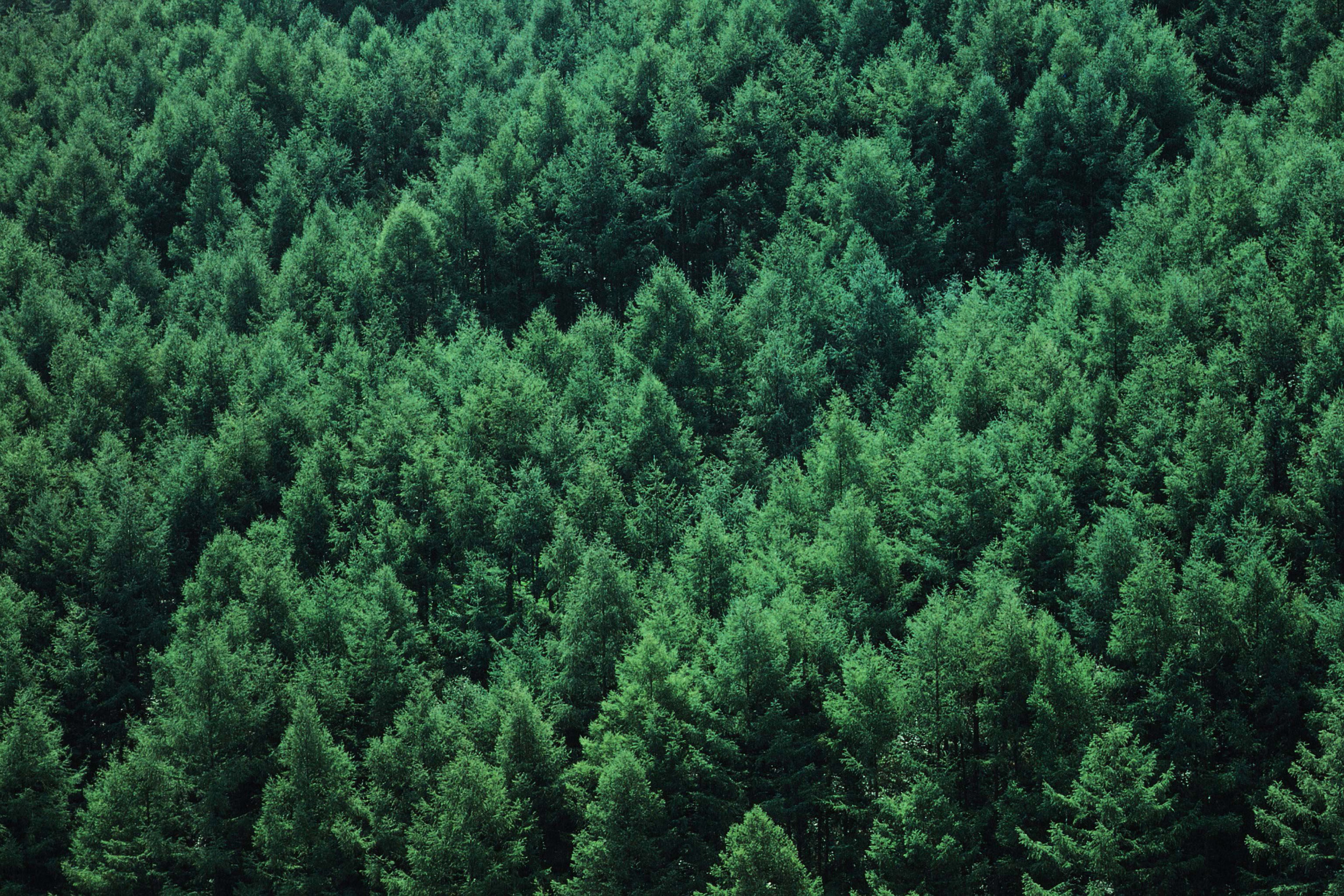Research carried out over the last several years, and most recently updated in the journal Science, shows conclusively that northwestern Greenland, which today is buried beneath a one-mile-thick sheet of ice, was once a flourishing tundra ecosystem that might even have hosted a boreal forest.
Sediments extracted from deep beneath a long-abandoned, Cold War-era U.S. military base in the frigid region reveal tiny twigs and leaves that have been dated to about 416,000 years ago, a period known to scientists by the awkward name of “Marine Isotope Stage 11,” and a time when global temperatures were somewhat warmer than they are today.
Given the fluctuations in the Earth’s climate over the eons, the findings from a couple of University of Vermont researchers should not be that surprising. But in reporting on the story, the Washington Post (July 21) made sure that its readers received the “proper” message.
“The results mean that Greenland once lost a tremendous amount of ice under climate conditions very much like the ones humans have created and are currently living in,” the Post wrote. “They imply that coastlines could soon be submerged under several feet of sea-level rise – unless people stop emitting greenhouse gases and reverse the dangerous warming of the world.”
Prolonged warming is exactly what humans are causing, Andrew Christ, one of the researchers, told the Post. His colleague, Paul Bierman, called the study’s results “frightening.” “If plants were growing in northwest Greenland back then – as the new Science study suggests – the same could happen during a future stretch of prolonged warm conditions… And without a drastic shift in the way we live, humanity is on track to push global average temperatures to 3 degrees Celsius (5.4 degrees Fahrenheit) above pre-industrial levels by the end of the century, according to the Intergovernmental Panel on Climate Change. That is well above the highest temperatures reached during Marine Isotope Stage 11,” the Post continued.
Geologic History
Geochemist Bill Balgord, Ph. D., is not overly impressed by the study, much less the Post’s spin on it.
“It does not add much substance to what was already known about the geologic history of Greenland,” he told CFACT in an email. “The time period of 400,000 years BP (before the present) falls within the Pleistocene Period with its multiple, repeated continental glaciations and de-glaciations that took place from about 1 million years BP to about 10,000 years BP.”
“The hyperventilating is typical of researchers in search for more grant money. Journalists fall prey (too often wittingly) to anything they think will advance their climate change agenda,” he added.
“A more recent example of a partial de-icing of Greenland occurred when the Vikings colonized (temporarily) portions of the eastern shore of Greenland, establishing dairy farms around 1,000 AD. As the Medieval Warm Period gave way to the Little Ice Age, the Norsemen were forced to pack up and sail back to Norway,” he pointed out.
Readers of the Post’s story are supposed to believe that the warming the Earth is experiencing is being driven by the buildup of manmade greenhouse gases in the atmosphere. Yet that – slight – warming got underway nearly 200 years ago and signaled a rebound from the cooling experienced in the Little Ice Age. The warming has been natural and – on balance – beneficial, because it contributed to higher atmospheric levels of CO2, which is good for all vegetation, including crops.
The lesson here is an old and simple one: Don’t believe everything you read in the newspapers.
